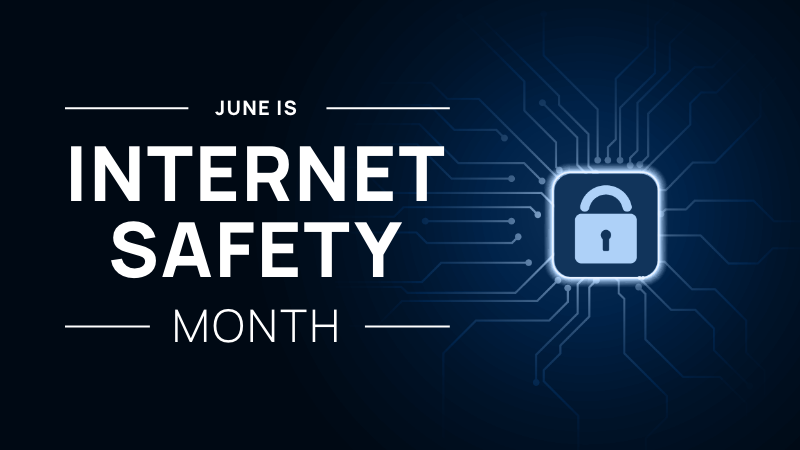Remote work is driving an increase in employment fraud complexity and frequency. Businesses are increasingly targeted by sophisticated schemes designed to exploit hiring processes and the consequences can be significant. Before we dive into employment fraud trends, let’s cover the most common types of employment fraud used to exploit businesses.
Employment fraud can be categorized into three primary types:
- Misrepresentation: (Low Risk) Employees or contractors lying on their resumes, fabricating reference contacts, and using remote desktop tools to periodically get help from unauthorized third parties (generally friends and family, not paid help).
- Polywork: (Moderate Risk) Employees or contractors conduct all low-level fraud but on an escalated basis, consistently outsourcing their jobs to unauthorized third parties.
- Organized Fraud: (High Risk) Employees or contractors outsource their jobs through a coordinated criminal or scam network of unauthorized third-party contractors and facilitators. These can include employment fraud with nation-state ties such as the DPRK (Democratic People’s Republic of Korea, a.k.a. North Korea) which has recently made headlines and been the subject of Department of Justice (DOJ) and Federal Bureau of Investigation (FBI) advisories.
These types of employment fraud can leave businesses vulnerable to fraudulent applicants exploiting gaps in recruitment systems, resulting in financial loss, reputational damage, and security breaches.
To help protect your business, here’s an overview of employment fraud trends, key warning signs, and actionable steps to safeguard your hiring process.
-
Trends in employment fraud
- Remote Work Scams: With remote work becoming more prevalent, fraudulent employees are taking advantage of the virtual hiring process. By using fake identities or stolen credentials, they apply for positions in companies that lack rigorous verification processes, and gain access to sensitive information once hired.
- Resume Fabrication and Employment History Falsification: The rise of freelance platforms and gig work has seen an uptick in applicants falsifying their credentials, qualifications, or past employment to meet job requirements.
- Identity Theft: Some fraudsters assume another individual’s identity, using stolen personal information to bypass background checks.
- Third-Party Fraud Schemes: There are reports of organized networks creating fraudulent employment schemes that involve multiple layers of deception, including fake recruiters or third-party employment agencies.
-
Indicators of fraudulent applications
- Inconsistent or Vague Employment History: Fraudulent applicants may provide incomplete timelines or vague details about previous employers, including gaps in employment that are not well-explained or employment history that is hard to verify.
- Manipulated Credentials: Fake degrees, certifications, or affiliations with non-existent educational institutions are common indicators that an application could be fraudulent.
- Mismatched Identity Information: Document discrepancies, such as inconsistencies between ID numbers, birth dates, and other personal details across submitted forms could indicate identity theft or fake identities.
- Unverifiable References: Fraudsters often provide fake or untraceable references. If the contact information for all references is sparse, non-responsive, or includes unverifiable companies or persons, it’s a potential red flag.
- Suspicious Behavior During Virtual Interviews: Remote work scams may be accompanied by unusual behaviors during interviews. Applicants may avoid video calls, make excuses for poor video quality, or seem unprepared despite impressive credentials on paper.
-
Best practices and prevention tips
- Cross Check Social Media: Conduct a detailed review of the applicant’s online presence for consistency in name, appearance, work history, education, etc. Some fraudulent applicants may have various online personas using the same photo or name across different profiles.
- Use Comprehensive Background Checks: Leverage third-party screening services to conduct thorough background checks, including criminal records, employment verification, and educational credentials. Additionally, implement identity verification software, particularly for remote hires.
- Verify References and Employment History: Always contact provided references and cross-check their validity. If possible, confirm employment history with official HR departments rather than relying on direct supervisors, who may be harder to verify.
- Strengthen Identity Verification in Remote Hiring: As remote work fraud increases, it is crucial to implement more robust identity verification procedures. This could include video-based identity checks or requiring candidates to submit official identification documents and additional proof of identity.
- Educate Your HR and Hiring Teams: Train your hiring and recruitment teams on employment fraud detection techniques. Make sure they are familiar with the common trends and indicators of fraud, and ensure they know how to handle suspicious cases properly.
- Monitor for Fraud Post-Hiring: Fraud can still occur after an individual is hired. Regularly review employee performance, access to sensitive systems, and any signs of inappropriate activity. Implement monitoring tools that can help detect anomalous behaviors in the workplace, whether digital or physical.
Conclusion
Employment fraud presents a real and growing threat to businesses, especially with the rise of remote work and advanced digital deception tactics. Employers can significantly reduce the risks by staying informed about the latest trends, identifying common indicators of fraud, and implementing best practices to protect your hiring process. Awareness and proactive strategies are key to safeguarding your business from falling victim to these sophisticated schemes. Staying vigilant and adopting a comprehensive approach will help secure the integrity of your workforce.




